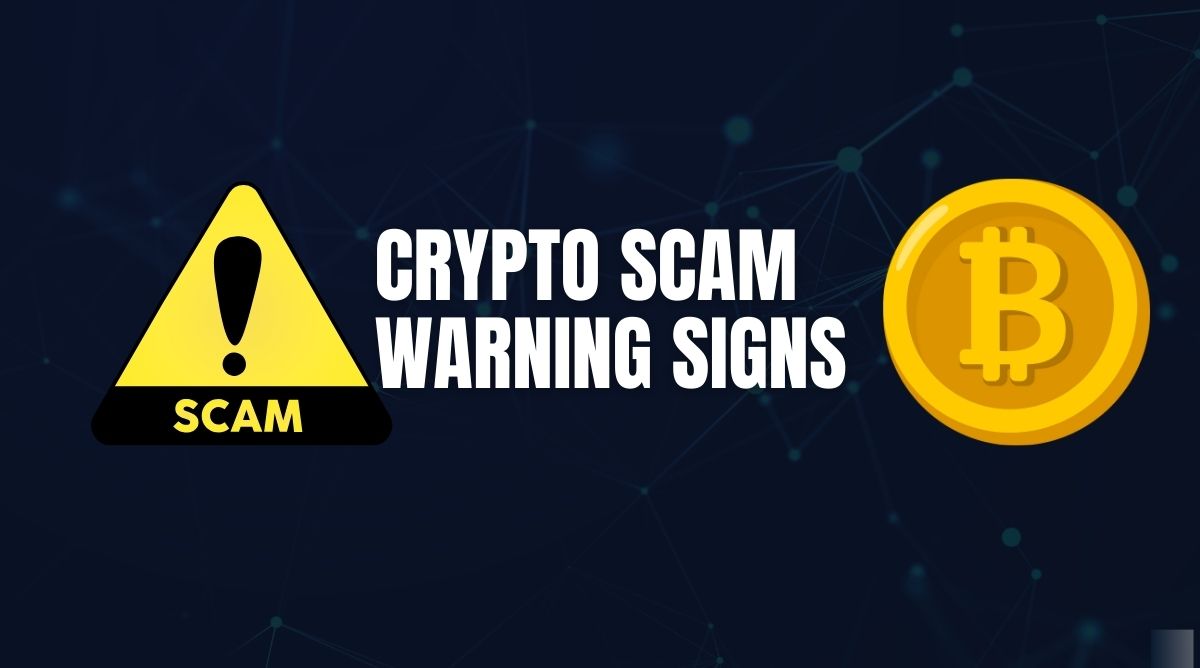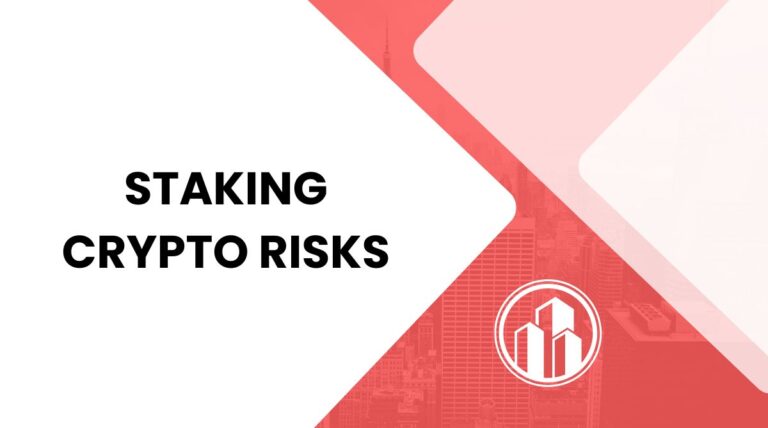
Being aware of crypto scam warning signs is essential in 2025. Know how to identify fake airdrops, phishing scams and crypto Ponzi schemes and how to safeguard your crypto assets through security wallets and project verification.
Accompanied with the high pace of development of cryptocurrency and decentralized finance, the crypto space is growing in popularity among not only investors, but also thieves. In 2025, it is becoming increasingly important to be aware of crypto scam warning signs. The technology that surrounds blockchain is secure but platforms and actors around it are not always trustful. Knowing how to spot red flags can help a new trader and even an experience investor save their assets and their sanity.
There are fake tokens and airdrops along with phishing emails and Ponzi schemes, as the threats have evolved. However, you can safely and confidently sail through it with the appropriate information.
Common Crypto Scam Types: Ponzi Schemes, Airdrops, and Phishing Threats
As crypto Ponzi schemes 2025 have demonstrated, it is all too easy for scammers to use hype and greed to take advantage of victims. Such financial scammers normally offer a sure high returns with minimal or no risks at all. In many ways, crypto scam warning signs are often presented as investment opportunities or staking platforms but they are all heavily recruiting components that are kept alive by perpetual concentrations. When the inflow of new users ceases, the scheme crumbles and initial promises are fading.
Another increasing threat is fake airdrop scams These are usually in the form of an offering of free tokens in new or popular projects, which are usually distributed through social media or bogus influencer accounts. Users are being deceived into linking their wallets or feeding in personal keys leading to loss of finances. Handover of confidential data or the payment of significant sums of money are never asked by real airdrops.
To avoid these traps, always double-check URLs, avoid clicking on unsolicited links, and never share private wallet information. Legitimate projects will never ask for sensitive access or credentials.
How to Verify Crypto Projects and Protect Your Wallets
The most important way to avoid a scam is due diligence. Understanding the methodology of verifying crypto projects can assist you to distinguish between real innovations and scams. Seek whitepapers, code transparency to developers, open-source code and an active community.
Unclear roadmaps or anonymity of project teams are treat with caution. Look through the social media background, GitHub history, and independent review before investing or taking part.
Importance of Phishing Scams Crypto
Another very important defense is a safe wallet. Multi-factor authentication, biometrics, and hardware encryption are features of secure crypto wallets in 2025. Hardware wallets such as Ledger or Trezor are the most secure as they can host their personal keys online and outside the realm of Internet-enabled threats. Mobile users should always make sure that the wallet applications they use have good security and reputation.
Never leave a lot of crypto currency in the exchange wallet or web-based wallets that have a risk of hacking. Keep savings on cold storage and only funds you are actively trading in hot wallets.
Wrapping Up
Taking proactive steps to protect your crypto assets includes not only choosing the right wallet but also being skeptical of too-good-to-be-true opportunities. Crypto scam warning signs is clear now. Be wary of any project or person promising guaranteed profits, asking for upfront investments, or rushing you to act quickly. Scammers thrive on urgency and fear of missing out.
FAQs
1. What are the most common crypto scam warning signs in 2025?
Watch for unrealistic returns, anonymous teams, urgent offers, fake airdrops, and phishing links. Legitimate crypto projects are transparent, slow to pressure, and never ask for private keys.
2. How can I verify if a crypto project is legitimate?
Check the project’s whitepaper, team credentials, GitHub activity, and community discussions. Look for clear use cases and avoid projects without external audits or third-party reviews.
3. What’s the best way to protect my crypto assets?
Use secure crypto wallets, especially hardware wallets for long-term storage. Enable two-factor authentication, avoid public Wi-Fi for transactions, and never share your seed phrase or private key.
Related – Staking Crypto Risks: What Investors Should Know Before Locking Assets






